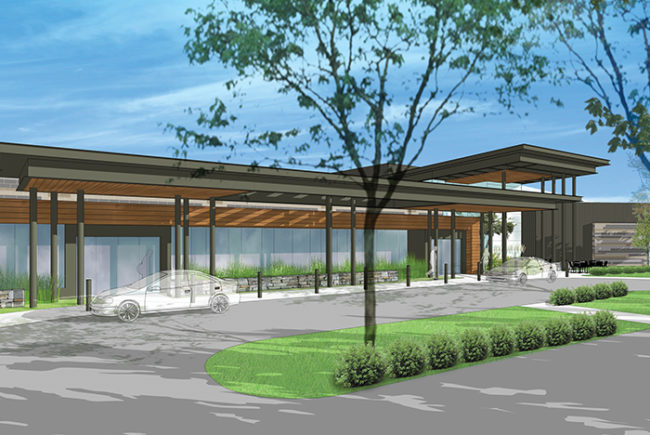This year’s National Fire Protection Association (NFPA) Technical Meeting in San Antonio presented a perfect example of why health care entities must send representation to the session, which is held at the annual NFPA Conference & Expo.
The American Society for Health Care Engineering (ASHE) stands up for what is best for health care facilities but is often overrun by the other stakeholder groups due to lack of its representation and attendance. Out of the approximate 500 attendees at this year’s NFPA Technical Meeting, ASHE had approximately two dozen NFPA voting members represented, less than 5% of the voting attendance. Every vote that ended up in opposition to the Health Care Section’s stance was lost by at least five to one.
To proactively change codes and drive them toward what is best for the patients, health care organizations must not only allow but also encourage facilities management teams to attend each year’s NFPA Technical Meeting. Health care is the most regulated field other than the nuclear field, and much time, money and resources are spent adhering to codes and regulations that are simply not bettering the patient experience. This year’s NFPA Technical Conference was no different.
One of the hottest topics was the ability to recondition electrical equipment. Facility managers know that funding for capital infrastructure is very difficult to secure due to competing dollars and thin profit margins. Additionally, shutting down and replacing certain pieces of electrical equipment or assemblies is virtually impossible due to the lack of redundancy in those components. The necessity of keeping the hospital operational is paramount. As a result, hospitals — especially older facilities — have relied on the use of reconditioned parts or equipment for repairs, particularly for older pieces of equipment where new parts are not available.
The topic of using reconditioned equipment didn’t enter NFPA 70®, National Electrical Code® (NEC®), until the 2017 edition. The 2017 edition not only stated that equipment within the code could be reconditioned, it further defined the term “reconditioned equipment,” whereas previous editions lacked this clarification. Since the 2017 edition, the topic of reconditioned equipment has been heavily discussed. Several manufacturers, vendors, electrical unions and others support removing the ability to recondition electrical components or assemblies.
In short, the Health Care Section lost in all aspects related to continuing to permit reconditioning of electrical components and assemblies in the 2020 edition of NEC. If adopted by the hospital’s state, a hospital will not be able to use reconditioned equipment upon failure of critical electrical components. Once adopted, infrastructure costs will significantly increase as well as downtime in waiting for new equipment. This result will especially impact older facilities where new components for older equipment are not available. In lieu of utilizing a perfectly safe reconditioned component or assembly, the hospital will have to purchase a new component. When new components are not available, the hospital must purchase an entire new assembly. The procurement process might take weeks or months before the new assembly is installed, exposing the hospital to risk of a catastrophe.
If health care facilities are to become more proactive, the solution is simple: Hospital leaders must be beyond supportive and push their facilities management teams to be proactively involved in advocacy efforts.
Dave Dagenais, CHSP, CHFM, FASHE, an ASHE past president and the director of plant operations and security at Wentworth-Douglass Hospital in Dover, N.H., put it perfectly in a webinar in December 2016. “If the state was getting ready to pass some new bills or legislation which would increase the taxes the hospital had to pay to the state, I can guarantee each and every one of you that your CFO would be at those budget hearings expressing their concerns around that increased tax. That’s an expectation of their role — that’s what they do to reduce cost for the hospital. I would suggest we, in our role as facilities managers, have a similar responsibility to our organizations and that’s to advocate against costs that may exist within codes and standards … whether we call it cost avoidance or cost savings. At the end of the day, it’s really changing the concept of waiting for the code to come out and figuring out how much it’s going to cost us to really preventing the code from coming out so it doesn’t cost us.”
The 2021 edition of NFPA 101®, Life Safety Code®, and NFPA 99, Health Care Facilities Code, are on the ballot for the NFPA 2020 Conference in Orlando, Fla., on June 18, 2020. Both are potentially the future adopted codes for the Centers for Medicare & Medicaid Services.
Joshua Brackett, PE, SASHE, CHFM, Special Projects Manager of Facilities Management, Baptist Health, Little Rock, Ark.




